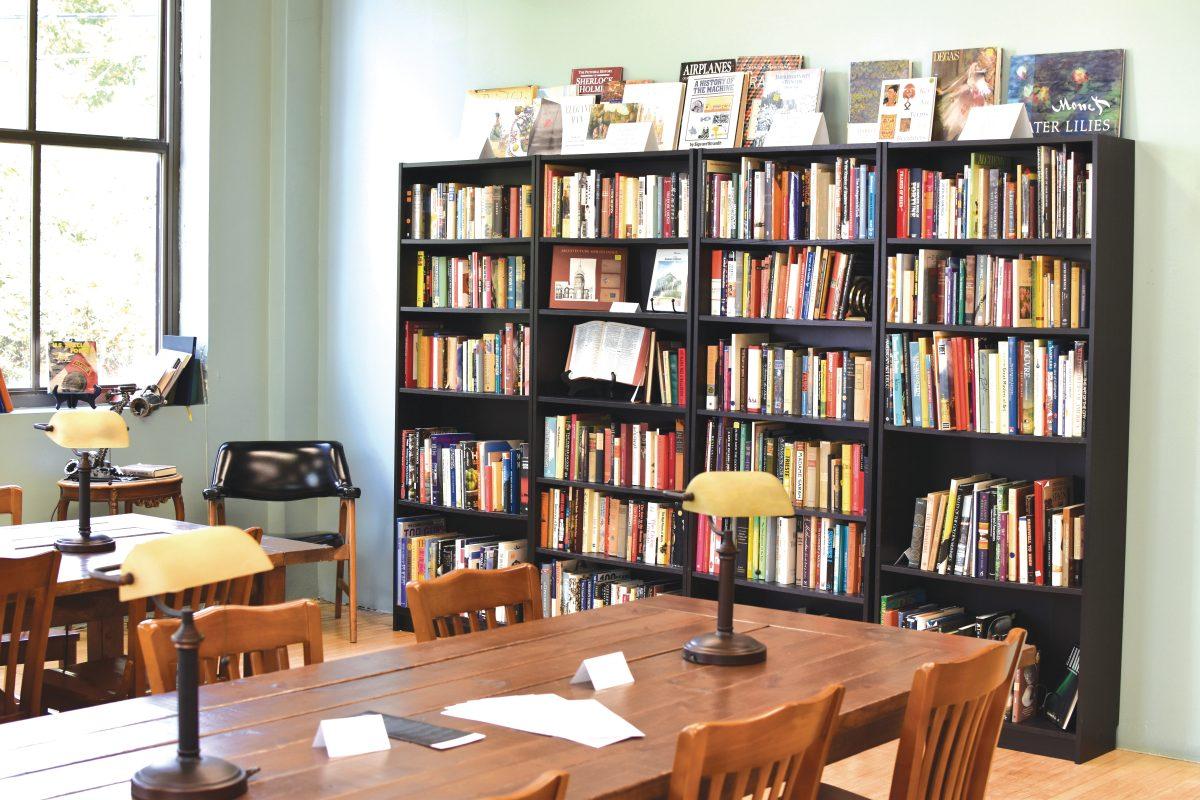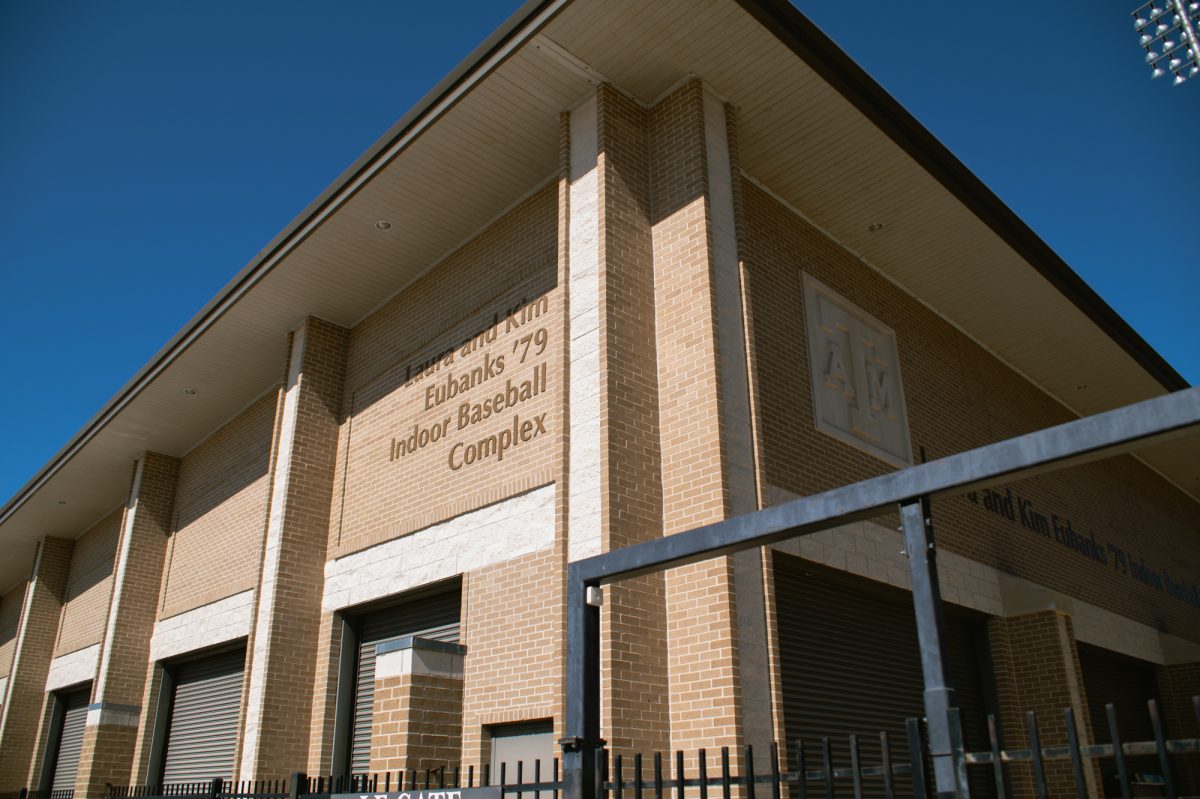The spring 2022 semester is in full swing, and college students all around the country are scrambling to secure required course materials. While these tools for success are essential in the classroom, they are not financially accessible to all.
According to a recent study conducted by the College Board, the average full-time student attending a four-year university in the United States spends $1,240 on textbooks and supplies alone. Assistant Vice President of Scholarships & Financial Aid Delisa Falks said, in an email to The Battalion, there are various options available to help ease the cost of course materials including scholarships and financial aid.
“Funding from these sources can be used to pay for books and other course materials,” Falks said in the email. “Students who apply for scholarships and financial aid will be provided an estimated cost of attendance, which includes books and supply cost.”
However, financial aid and scholarships are not the only ways for a student to receive additional funding for supplies. Student loans and short-term loans can also be used to help facilitate these needs, Falks said.
“In most instances you would have up to one year to repay [a short-term] loan. The interest rate is very minimal,” Falks said.
These resources have become essential tools for students needing additional aid to purchase course materials. Biochemistry and genetics senior Paola Galvan said she has been fortunate to receive financial aid.
“This semester I spent $120 on online homework. The cheaper option did not include the homework that I needed for this course,” Galvan said. “Luckily, my financial aid helps me with buying online homework or materials needed for most of my classes.”
For STEM majors like Galvan, these price tags tend to run at steeper rates. However, she said these materials are essential for her to succeed in the classroom.
“For my major, these materials are necessary because we have to do the homework as part of our grades, in order to pass the class. Sometimes without the homework, it can be hard to grasp the ideas of the whole class, so extra practice is needed,” Galvan said.
Regardless of the help financial aid may provide for some students, many are still struggling to obtain these supplies. Architecture sophomore Xiomara Andrade said most of the course materials she has purchased have been out of pocket, and at a significant rate.
“In total, I’ve spent approximately $2,000 on a new computer, materials for building [architecture] models, textbooks, access codes and more,” Andrade said.
Over the years, college students have expressed their disappointment in having to purchase expensive materials, especially if it is required for every course. Professors should consider making homework more accessible to students by moving them to platforms like Canvas, Galvan said.
“It feels inconvenient as a student who does not come from the wealthiest background,” Galvan said. “Thousands of dollars go into actual courses, with the addition of these classes adding homework on websites that also require hundreds of [extra] dollars just to access them.”
Similarly, Andrade said she wishes more professors would be aware of the financial hardships many students face, especially during the pandemic.
“I think that professors shouldn’t force students to purchase course materials like having to buy textbooks in order to access course content and turn in assignments without offering a grace period,” Andrade said.
Students seeking additional funds for course materials can visit A&M’s financial aid website for more information.










